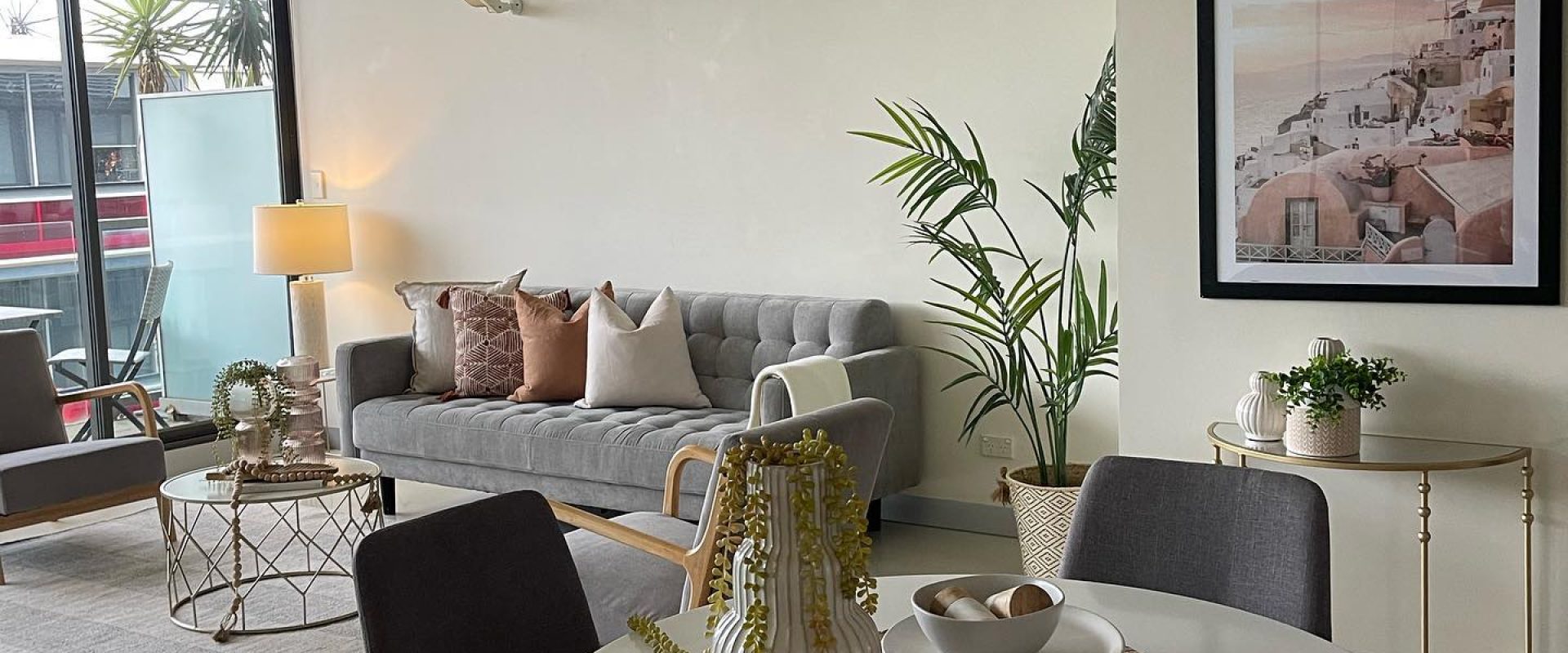Selling a home is a major milestone, and how it looks matters a lot. This is where house staging comes in. It’s about making a house look its best for buyers. This is starting to count more and more. Homes that have been staged tend to sell more quickly and for more money.
But, it costs. Homeowners wonder if it’s worth it. Will spending on staging come back as a higher sale price? Will it help sell the house quicker? This is a big question for sellers. This guide looks at these points. It allows homeowners to decide on staging.
We will cover everything you need to know about home staging here: benefits, costs, and even when it may not be necessary. By the end, you should have enough information to determine if this is a good move for your property and how it can help you do the best from a home staging perspective.
Let’s get going.
Part 1- Is Staging a House for Sale Worth It?
Yes, staging a home is worth it because staging transforms your home into a standout space, creates emotional connections, and motivates buyers to act quickly. According to research, staged homes sell 73% quicker and often get 17% more cash than unstaged homes.
Why Is Home Staging So Important?
Home staging is nothing but creating an atmosphere that is inviting and pleasing to the eyes of the home buyer. Making customers imagine themselves there often makes all the difference in making them make an offer. Here’s why staging is so essential:
First Impressions Matter:
Buyers form an opinion about a house as short as 10 seconds from entering. Staging a house positively and enduringly is quite essential. Such an impression often sets the tone for the entire showing. A clutter-free and aesthetically appealing house will allow a buyer to focus on the property’s features rather than the flaws.
Faster Sales
Typically, staged homes sell 73% faster than unstaged homes. The difference is crucial when dealing with a competitive market. Buyers will offer faster homes that are presented as being ready to move into and won’t require much work to adjust to their lifestyle.
Higher Selling Price:
Usually, staged homes sell for an average of 17% more than unstaged homes. This would be huge money and far exceed the amount the seller would pay to have a home staged.
Cost vs. Return on Investment (ROI) in Home Staging
Though home staging incurs an up-front cost, it usually rewards with a significant gain. Let’s dissect it:
Average Cost:
Staging a house usually costs between $500 and $2,000, depending on the property size and how much staging it needs. A luxury home or one that has to be updated can cost more.
Potential ROI:
A staged home will sell for much more money. For example, a staged increase of $1,500 can add up to $10,000 to $20,000 in the sale price. This means substantial returns on investment can be expected.
Added Value:
Staging can help reduce time on the market, saving you money on carrying costs like mortgage payments, utilities, and property taxes. A home that sells faster minimizes the stress and uncertainty of long sales processes.
Think of staging not as a cost but as an investment in your house to get its maximum value. It is also a great way to stand out in a hot market and attract qualified buyers.
These are the spaces buyers care about most and where staging can have the greatest impact.
Part 2- When Home Staging Might Not Be Necessary?
Although staging does have many benefits, not all situations may require it. Here are scenarios where you might bypass staging:
Hot Markets:
If you’re in a seller’s market where demand is high, your home may sell quickly without staging. In such cases, buyers may be willing to overlook minor imperfections due to the market’s competitive nature.
Move-In Ready Properties:
If your home is already updated, clean, and clutter-free, then minimal staging can apply. When your home has modern fixtures, neutral paint colors, and open layouts, it requires little effort to entice homebuyers.
Budget Constraints:
Focusing on key areas like decluttering and minor touch-ups can make a big difference if you’re on a tight budget. Small changes, such as fresh paint or new lighting fixtures, can enhance your home’s appeal without breaking the bank.
Evaluate your specific situation and market conditions before deciding to stage your home. A professional real estate agent can also provide valuable insights into whether staging is necessary for your property.
Part 3- What is the Process of Staging a Home?
Home staging is the process that makes your property attractive and appealing to a potential buyer through transformation. These are the steps:
Clean and Declutter:
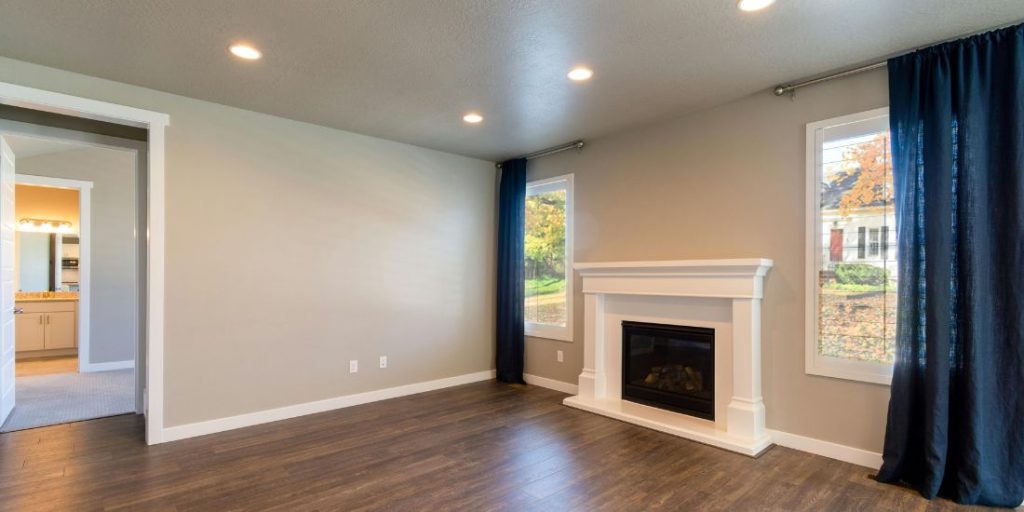
Removing personal items, extra furniture, and clutter is the first step in staging an open, airy feel. An organized and clean home allows the buyer to look at the features of the property rather than at distractions.
Repairs and Updates:
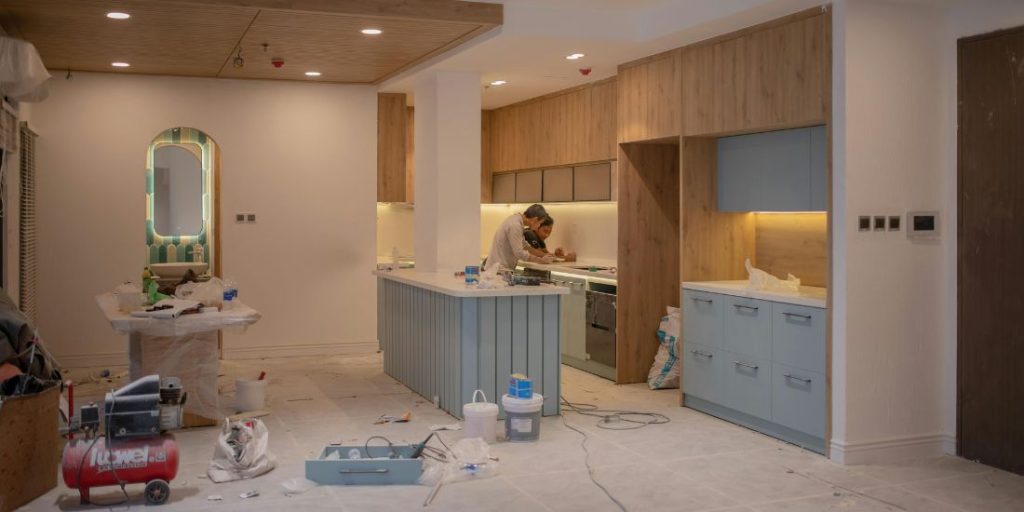
Minor renovations include dripping faucets, plugged wall holes, and other old fixtures that should be changed. Neutral shades of fresh paint will help make the area warm and more pleasing to people’s senses.
Styling and Furniture Placement:
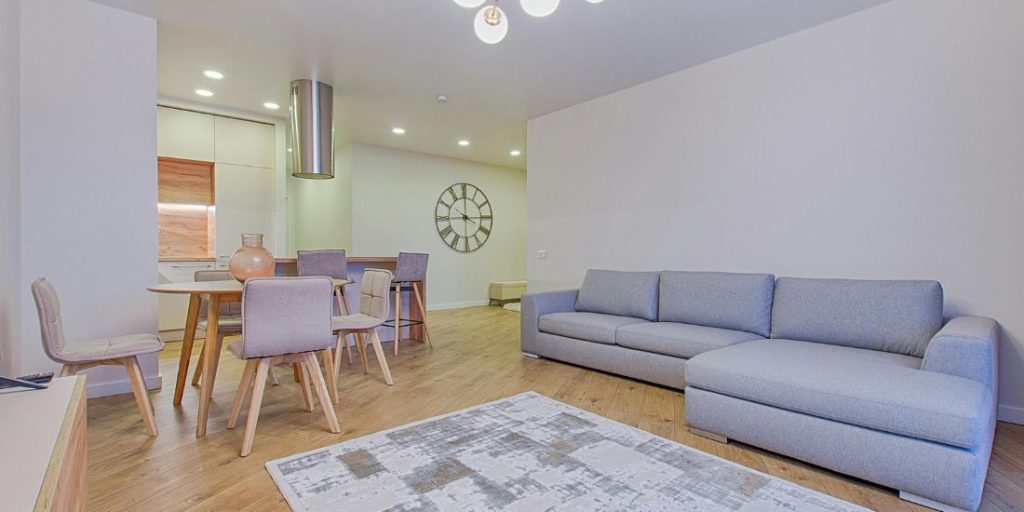
The Furniture arrangement showcases the home’s best features in functional, inviting spaces. This can be done by positioning sofas to frame the fireplace or dining tables and highlighting open floor plans. The aim is to create a room that naturally flows and displays the property’s potential.
Adding Finishing Touches:
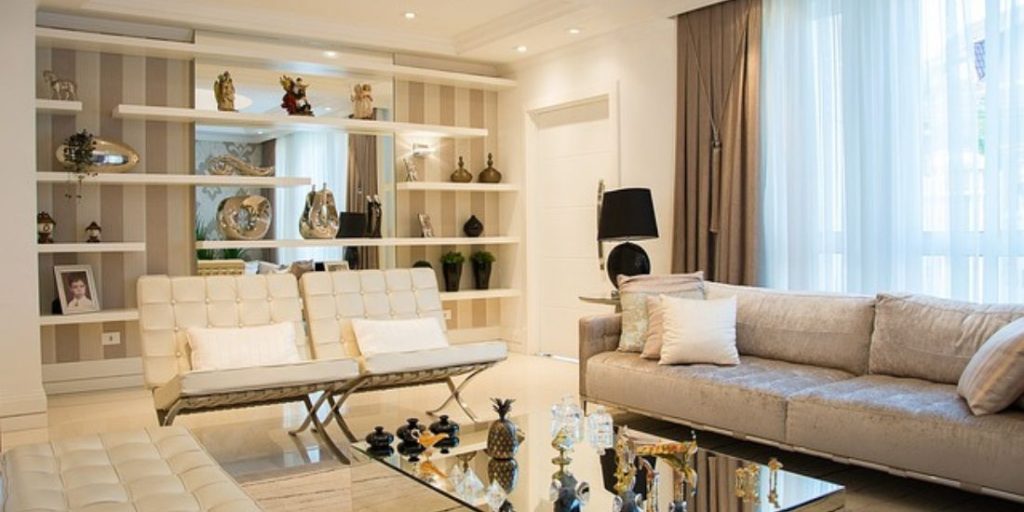
Decorate using accessories like throw pillows, artwork, or lighting to lift the general view. You might add a warm and fresh color to your space by having a bowl of fruits in the kitchen or placing a vase of flowers.
Part 4- Options for Do-It-Yourself vs. Expert Staging
It isn’t easy to decide between DIY and professional staging. Let’s discuss some key aspects to make this decision easy for you.
DIY Staging: Cost-Effective but Simple
DIY staging saves money. It’s suitable for tight budgets. Focus on cleaning, removing clutter, and fixing minor things. This can still make your home look better.
Professional Staging: Polished and Quick
The professional staging looks more polished. It can make your home sell for more and faster. It costs more but can be worth it.
Conclusion
Home staging has been proven to sell your home faster and at a higher price. All the benefits are self-evident, from making that great first impression to maximizing appeal. Whether selling a family home or a luxurious property, it helps buyers to see your space as their home.
If you’re ready to make your home market-ready, check out our Home Staging Services or contact us for a consultation. Let’s work together to make your property stand out!
Frequently Asked Questions
What is average home staging pricing?
The cost averages between $500 AUD and $2,000 AUD, with the size and level of a home being considerable factors in those costs. Very large or lavish properties may drive expenses even more.
How long does staging take?
Generally, staging is done within 1-3 days, though this can depend on the property’s condition and size. Other preparation time can be added before home staging, such as decluttering and cleaning.
Can I stage my home on a budget?
Yes! Focus on decluttering, cleaning, and rearranging existing furniture to achieve a staged look without breaking the bank. Simple upgrades like light fixtures or fresh paint can enhance your home’s appeal.
Is staging necessary for every property?
Not in all cases. For instance, staging may not be essential if it’s a hot market or homes already great. Still, some minor staging might significantly bring out the potential buyer.
How can I get a practical home staging company?
Start looking for companies with great reviews, good photographs, and experience within the local market where you’re operating. A consultation could be used to determine better which path to take.

